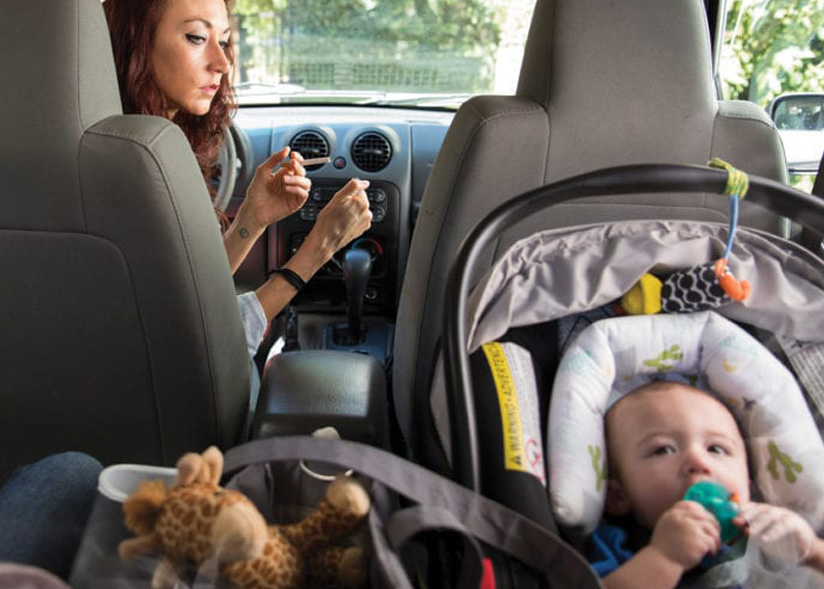Most of today's adult tobacco users started before they were 18 years old. Youth nicotine or tobacco use in any form, whether smoked, smokeless or "vaped" (e-cigarettes, "vaping" or Juuls), is not safe. Today, electronic cigarettes are the most commonly used tobacco product in youth.
We have taken steps to reduce youth tobacco use, but it is still a big problem. All tobacco products, including most e-cigarettes, contain nicotine. Nicotine is highly addictive and can harm brain development in youth. People who start using tobacco at an early age are more likely to develop an addiction than those who start at a later age, and kids who use vapor products are more likely to go on to smoke cigarettes.
We have taken steps to reduce youth tobacco use, but it is still a big problem. All tobacco products, including most e-cigarettes, contain nicotine. Nicotine is highly addictive and can harm brain development in youth. People who start using tobacco at an early age are more likely to develop an addiction than those who start at a later age, and kids who use vapor products are more likely to go on to smoke cigarettes.

How to Keep Kids Tobacco-Free
Keeping youth from starting is critical and they need your help. Youth tobacco use can be prevented by families, schools, communities and policymakers joining together. For example:
How to Keep Kids Tobacco-Free
To help prevent your kids from smoking, vaping, and using chewing tobacco, keep these tips in mind:
How to Keep Kids Tobacco-Free
Even when kids are well aware of the health risks, some still try smoking. If that happens, try not to get angry. It's better to focus on communicating with your child.
These tips can help:
Keeping youth from starting is critical and they need your help. Youth tobacco use can be prevented by families, schools, communities and policymakers joining together. For example:
- Parents can set a good example for their kids by not using tobacco and keeping their homes tobacco-free.
- Schools can provide tobacco intervention programs (such as INDEPTH) to educate students about the dangers of tobacco and tobacco cessation programs to help young people.
- States can pass legislation to increase taxes on tobacco products, pass and implement comprehensive smoke-free indoor air laws, and limit minors' access to tobacco products through raising the age of purchase and restricting flavors.
How to Keep Kids Tobacco-Free
To help prevent your kids from smoking, vaping, and using chewing tobacco, keep these tips in mind:
- Talk about it in a way that doesn't make kids fear punishment or judgment.
- Keep talking to kids over the years about the dangers of tobacco use and vaping. Even the youngest child can understand that these habits are bad for the body.
- Ask what kids find appealing — or unappealing — about smoking. Be a patient listener.
- Encourage kids to get involved in activities that don't allow smoking, such as sports.
- Show that you value your kids' opinions and ideas.
- Discuss ways to respond to peer pressure to smoke. Your child may feel confident just saying "no." But offer other responses too, such as "It will make my clothes and breath smell bad" or "I hate the way it makes me look."
- Focus on what kids do right rather than wrong. Self-confidence is a child's best protection against peer pressure.
- Encourage kids to walk away from friends who don't respect their reasons for not smoking.
- Explain how much smoking takes over the daily life of kids who start doing it. How do they afford the cigarettes? How do they have money to pay for other things they want? How does it affect their friendships?
- Set firm rules that exclude smoking, vaping, and chewing tobacco from your house and explain why: Smokers smell bad, look bad, and feel bad, and it's bad for everyone's health.
How to Keep Kids Tobacco-Free
Even when kids are well aware of the health risks, some still try smoking. If that happens, try not to get angry. It's better to focus on communicating with your child.
These tips can help:
- Find out what appeals to your child about smoking and talk about it honestly.
- Often, kids can't appreciate how their current behaviors can affect their future health. So talk about the problems that happen sooner: less money to spend on things they like, shortness of breath, bad breath, yellow teeth, and smelly clothes.
- Stick to the smoking rules you've set, and don't let your child smoke at home.
- If you hear, "I can quit any time I want," ask your child to show you by quitting cold turkey for a week.
- Resist lecturing and try not to nag. In the end, quitting is the smoker's decision.
- When your child is ready, help develop a quitting plan. Praise their decision to quit.
- Focus on the rewards that come with quitting: freedom from addiction, improved fitness, better sports performance, a better appearance.
- Encourage a meeting with your doctor, who can be supportive and may have treatment plans.
